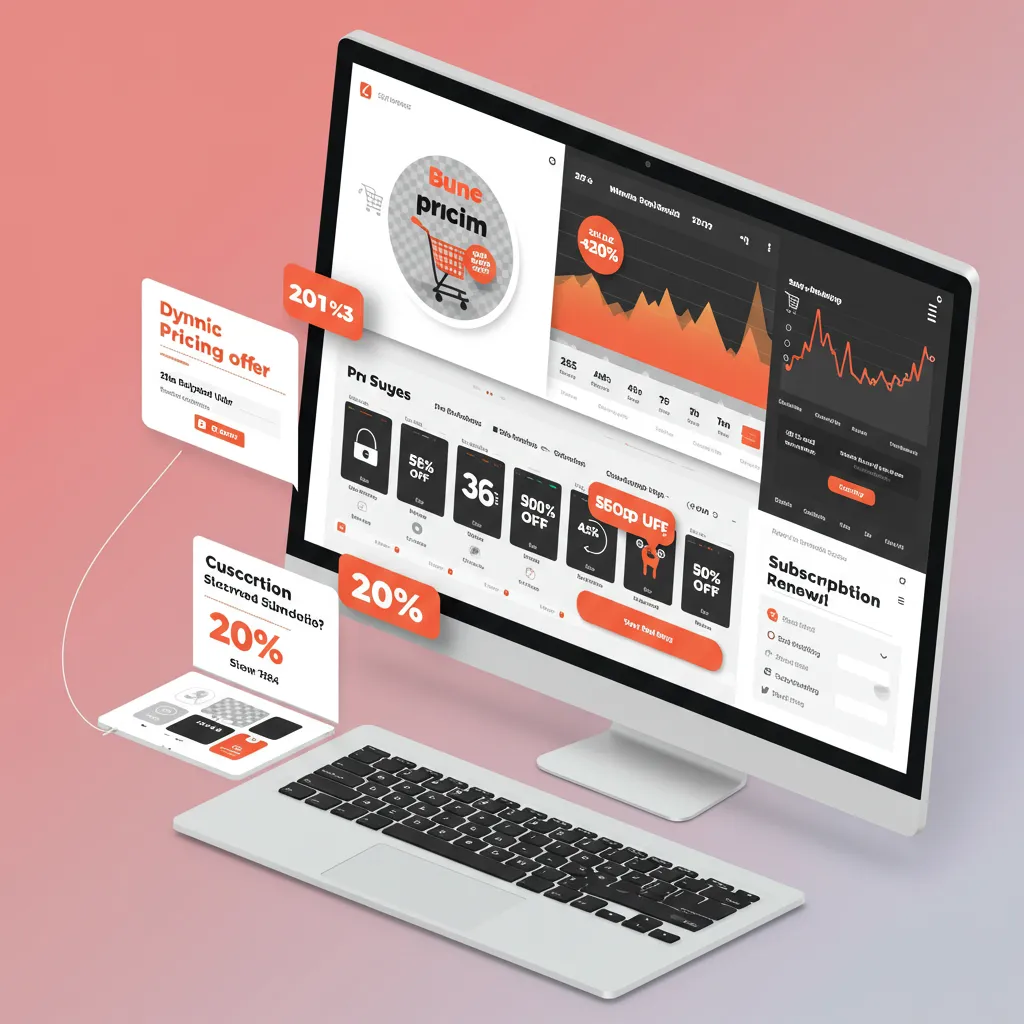Table of Contents
Table of Contents
Introduction
A shift in sales patterns is triggered by the financial year which goes beyond a mere change in dates.
For e-commerce businesses whether guided by a calendar year or a custom fiscal cycle this period is marked by alterations in consumer behavior, pricing dynamics and inventory requirements.
New revenue opportunities can be opened, and your business can be distinguished by grasping these changes.
How e-commerce trends are shaped by the financial year will be examined in this post and strategies to ensure your success will be outlined.
Additionally, how your fiscal planning can be simplified by Seller Rocket will be highlighted.
Consumer Behavior Shifts at Financial Year-End

Unique consumer behaviors are ignited by the financial year’s end, offering opportunities that can be seized by e-commerce businesses:
- Expenditure Investment - younger generations are prompted to boost discretionary spending by tax refunds and annual bonuses—both of which are usually offered at this time. This time generates an opportunity for promotions, encouraging consumers to spend more freely
- Promotion FOMO - as fiscal deadlines approach, consumers are sparked into action to redeem expiring discounts or loyalty points. It can be in a hurry and initiated at the spur-of-the-moment, by last minute sales and time-sensitively limited offers.
- Budget Reset - After the end of the fiscal year, personal or business budgets are reset. Because of that, sales (especially for larger ticket items) are often elevated between January through March.
When purchase intent is highest, you can attract more customers by syncing your marketing activities with these shifts
Pricing Strategies for the Fiscal Year

Your business can sync to the transitions of the fiscal year with targeted pricing strategies:
- Dynamic Pricing:Prices are constantly updated dependent upon demand, inflation or any variation in the supply chain. For instance, prices may be raised during heavy spending seasons or lowered to get rid of some inventory.
- Bundle Deals:Bundles push bulk buying of products, which helps to clear inventory and achieve year end goals. Budget buyers are also enticed by the bundles.
- Subscription Models:Yearly subscriptions are in place to lock in steady revenue before the year reboot. Early renewal of subscriptions with discounts are offered as an added benefit.
These options help keep your pricing flexible and in line with cash flow cycles.
Payment Innovations Affecting E-commerce

Consumers are being changed by modern payment mechanisms in the way that they are shopping::
- BNPL (Buy Now, Pay Later):After the holiday season, there can be limited cash flow. BNPL solves this problem because it offers flexibility, higher priced items will see improved sales particularly once the fiscal year has ended.
- Crypto and Digital Wallets:Social media buyers who are tech-savvy prefer speedy and secure payments, making their interest in cryptocurrencies and digital wallets even higher. Businesses can expand their buyer base by adding these generated payments.
Variety of payment options ease the purchase process and can help increase sales.
Financial Compliance and Tax Optimization

Obligations and tax-saving possibilities are presented by the financial year’s close
- Year-End Financial Reviews:Tax organizing has been simplified by automated technology by making clear and straightforward reports based on data so you can achieve compliance without penalties. For example, Seller Rocket’s technology will prepare tax-compliant reports with ease.
- Deductions and Credits:Tax write-offs exist for unsold inventory, software subscriptions, or advertising expenditures. Planning can also help reduce your tax liability in a compliant manner.
You are increasing your financial position by being compliant and reducing your tax obligations.
Future Trends: AI and Predictive Analytics

New technologies are changing the landscape of e-commerce:
- Demand Forecasting:AI can predict sales based on fiscal seasons and historical data, simplifying your inventory and marketing plans ahead of time.
- ESG Reporting:Ethical spending is gaining traction. Consumers increasingly choose brands with strong ESG (Environmental/Social/Governance) commitments -- especially if you're starting with a fresh budget.
By utilizing AI and incorporating ESG considerations, your business is ready for sustainable sales improvements.
Why Partner with Seller Rocket?

Financial year hurdles are overcome by e-commerce businesses with Seller Rocket’s support:
- Automated Financial Tools:ASeller Rocket gives sellers easy real-time solutions to pricing, inventory and compliance that reduce the need for manual effort.
- AI-driven Insights:Trends are predicted accurately and budgets are effectively managed, so sellers maintain their competitive advantage.
- Case Study:One brand increased sales revenue by 25% in Q4 after implementing a data-supported strategy using Seller Rocker - clear proof of its efficacy.Seller Rocket turns fiscal complexities into a strategic advantage.
Seller Rocket effectively turns the complexities of your fiscal year into a competitive advantage.
Conclusion & CTA
A financial year leveraged properly is an incredible growth tool.
We create opportunities from the fiscal year by utilizing behavioral shifts, optimizing pricing strategies, changing up your payment processes and being innovative with AI.
You don't want to be unprepared when the fiscal year arrives.
Are you ready to advance your e-commerce strategy? Seller Rocket can automate financial year planning for you. Start your free trial today!
Learn More: Top E-commerce Business Types and How They Work
